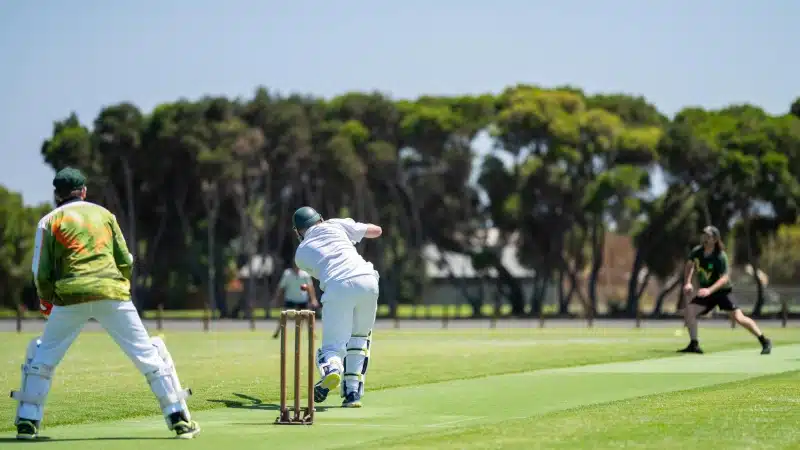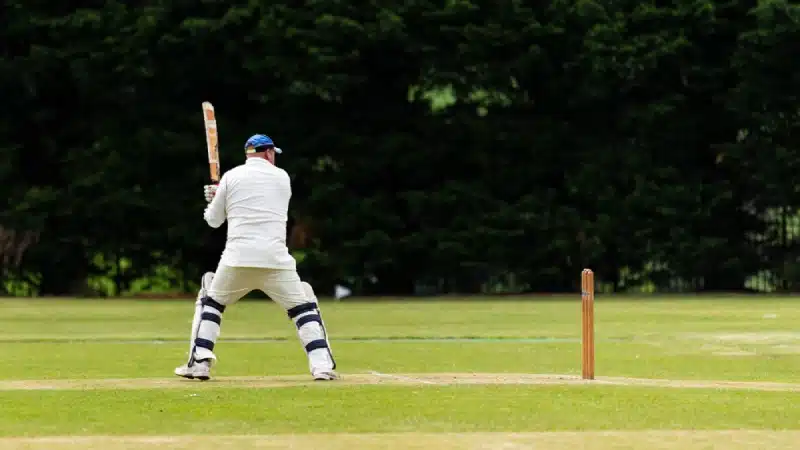
In a recent Indian T20 League match between Team Mumbai and Team Bangalore, the five-time champions’ skipper Rohit Sharma wasn’t best pleased after being adjudged LBW during his side’s 200-run chase.
Unable to get going with seven runs off eight balls, Rohit Sharma decided to use his feet and came a long way down the track in an attempt to score some big runs.
However, he went on to completely miss Wnanindu Hasaranga’s ball as it crashed his pads instead, prompting an appeal for LBW by Bangalore.
The on-field umpire turned down the appeal but Bangalore decided to review the decision, sending it up to the TV umpire to decide Rohit’s fate.
The review showed that Rohit didn’t touch the ball as per UltraEdge and ball tracking confirmed that it would crash into the Mumbai skipper’s stumps soon after.
As a result, Rohit was sent back to the dugout after being given out and he took his time to get off the field as he shook his head in disbelief and was clearly unconvinced by the decision.
His displeasure at being adjudged out mainly stemmed from the fact that he was a long way down the track when the ball hit his pads and a special DRS clause should have been factored into the decision as opposed to being ignored.
The clause in question here is the 3-meter rule in cricket. What is the 3 meter rule in cricket? Let’s have a closer look.
What is 3 meter rule in cricket?
Appendix D of the Indian T20 League’s Playing Conditions covers DRS and umpire reviews. And Clause 3.4.6.4 of Appendix D states that when a not-out decision has been sent up for review, the ball could pitch in line or outside off before hitting the batter in line but still be adjudged not-out if the point of impact of the ball and pad is 3 meters or more.
“When a not-out decision is being reviewed, where the evidence shows that the ball was hitting, the point of first interception was in line, and the ball pitched in line or outside off, but that the point of first interception was 300cm or more from the stumps, the on-field decision shall stand (that is, not out),” the rule states.
Put simply, if a batter who has made his or her way down the wicket is struck on the pads 300 cm or 3m or more from the stumps, then the on-field decision of being not-out stays the same even if ball tracking indicates that the ball was going to crash into the wickets.
Photo credit: Alamy




















